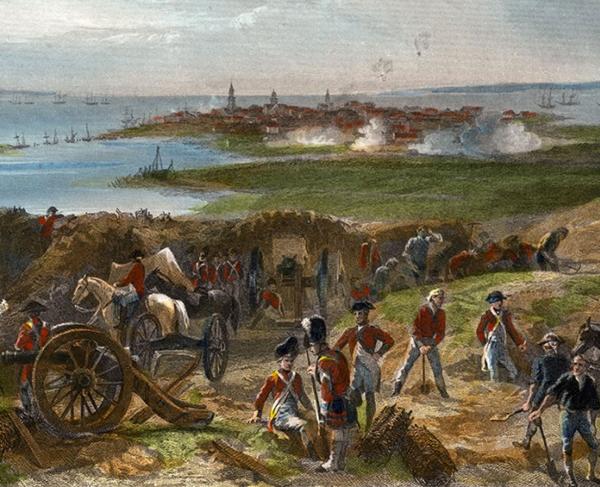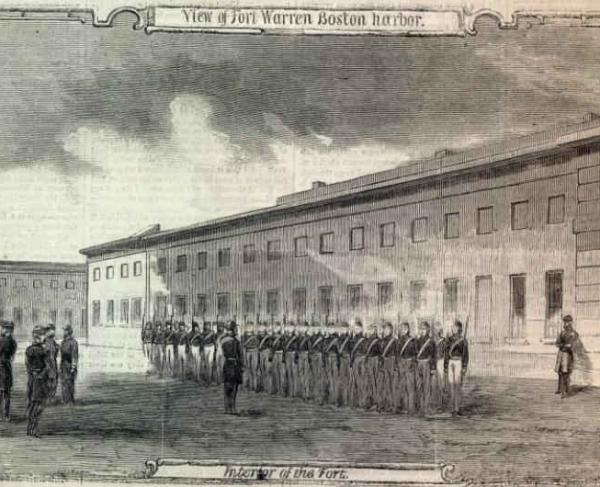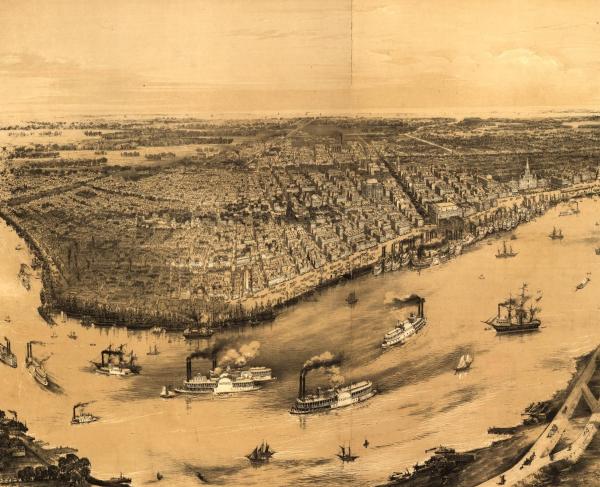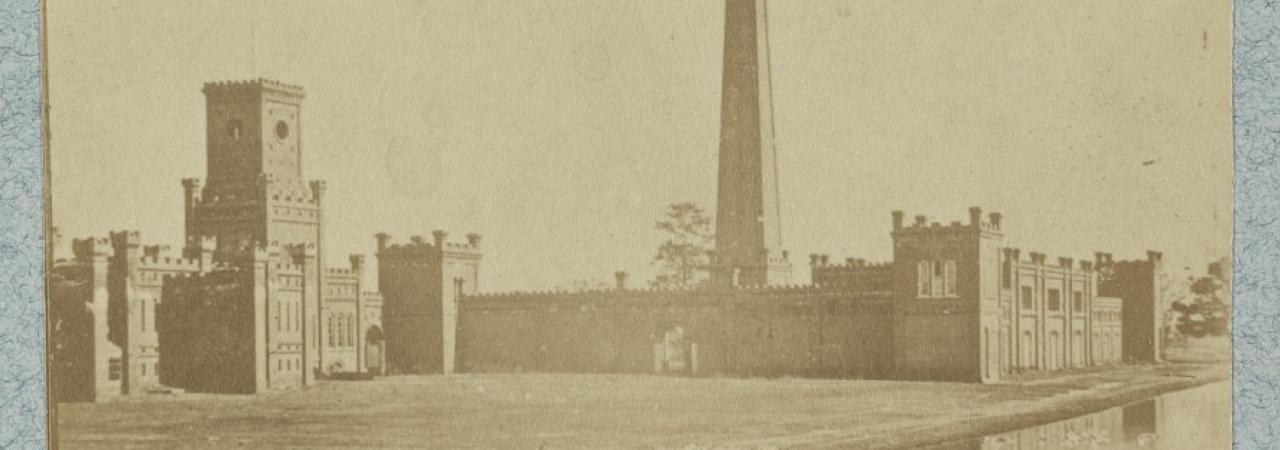
Confederate Powder Works, Augusta, Georgia. Photographed between 1861-1865.
Fact #1: Before the Civil War, Southern industrialists built a large and varied manufacturing economy.
As one historian has put it, the states that would make up the Confederacy “ranked among the industrial nations of the world.” Although the South’s wealth, including enslaved labor, land, and manufacturing ranked fourth in the world in 1860, its manufacturing capability was still dwarfed by that of the larger and more industrial North.
Fact #2: Much of the South’s mining needs were met within the borders of the Confederacy.
In the slaveholding states, iron deposits dotted the mountains from Western South Carolina, into Tennessee, and southward into Alabama. Coal was mined from the Richmond Basin, the mountains of East Tennessee, North Carolina, and Alabama. In Tennessee, there were niter (also known as saltpeter) caves and copper mines. During the war the Confederate Niter and Mining Bureau oversaw the production and distribution of these critical resources.
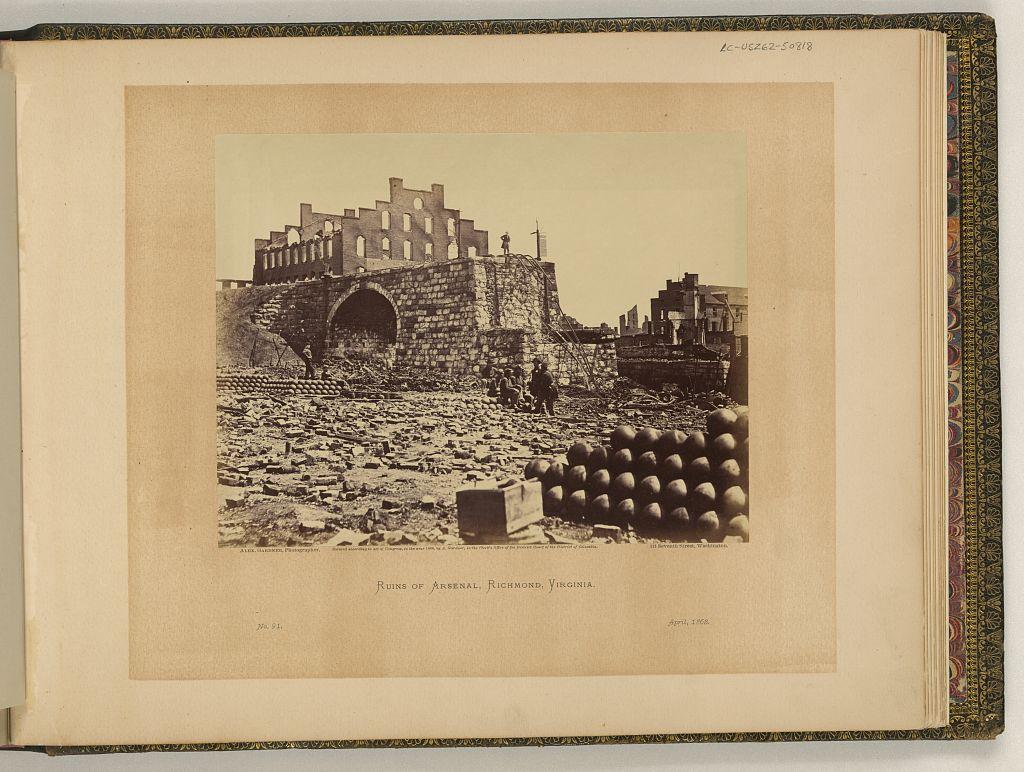
Fact #3: Before the war, Southern businessmen invested millions of dollars to create a railroad network that connected cotton planting regions to the coast.
Although the private companies that built the rail lines used varying gauges for their tracks, the Southern states’ railroad network compared favorably to both the North and many European nations.
Fact #4 Before the war, enslaved workers were employed in factories, mills, and mines across the South.
These skilled and semi-skilled workers constituted a critical component of antebellum Southern industry. During the war thousands of enslaved men worked for various military manufacturing concerns.
Fact #5: Early in the war, the Confederate supply bureaus contracted with manufacturers to meet military needs.
Local harness shops made accoutrements, small foundries made cannon, and local gunsmiths fashioned military guns out of hunting weapons.
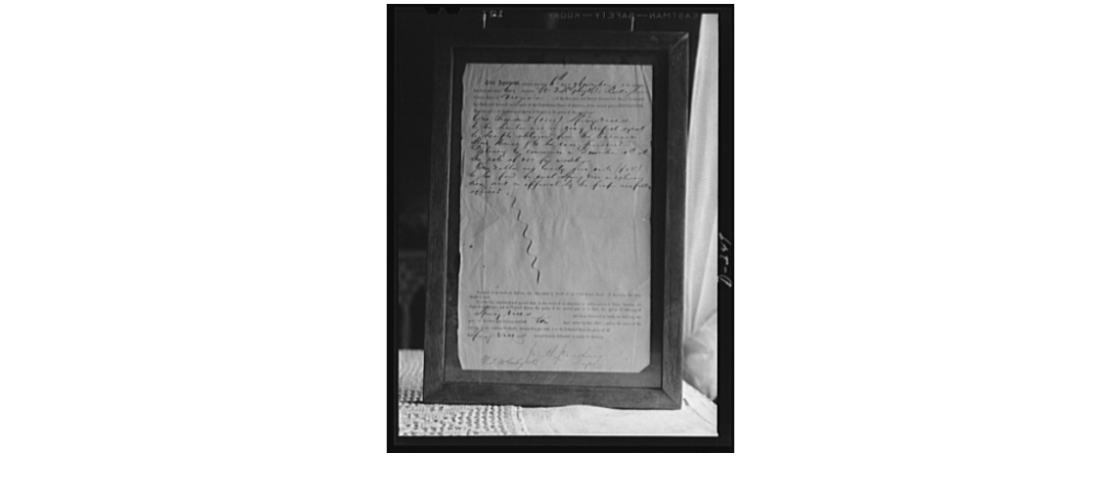
Fact #6: The Confederacy created an organized system of manufacturing and delivery.
Beginning in the second half of 1861, the Confederate War Department, through the Quartermaster and Ordnance Bureaus, centralized control over the nation’s industrial capacity and organized the production and distribution of war materiel. In time, many of the Confederacy’s large-scale manufacturers -- textile mills, foundries, and machine shops -- worked under contract with the Ordnance and Quartermaster Bureaus.
Fact #7: The Confederate Ordnance Bureau began construction of a National Armory in Macon, Georgia in mid-1862.
Modeled after the United States Armory at Harpers Ferry, the facility was intended to supply the Confederate army with Enfield style rifle muskets. Gunstock manufacturing began in late 1862, and construction on the main buildings commenced in early 1863. Though the Armory building was substantially completed, critical gun making machinery from England failed to arrive before war’s end.
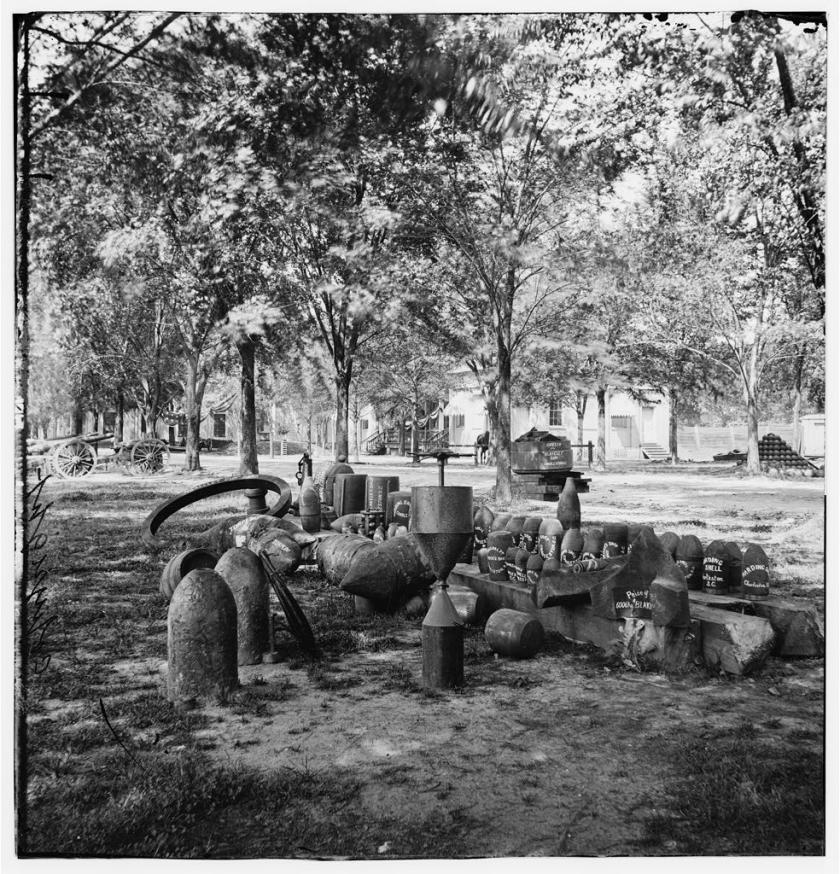
Fact #8: The Confederacy hosted the second largest gunpowder factory in the world.
With little chance of importing sufficient gunpowder from abroad and with few gunpowder manufacturers in the South, Confederate Ordnance Bureau officers constructed a government operated gunpowder mill along the industrial canal in Augusta, Georgia. Work began in September 1861. Seven months later, the facility was fully operational. It supplied the Confederacy with high-grade powder throughout the war.
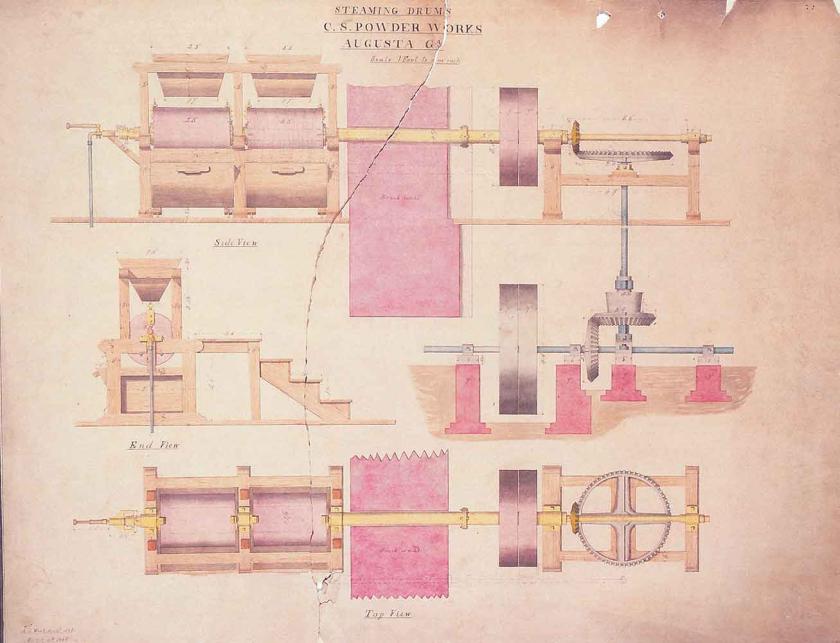
Fact #9: The Confederate Quartermaster Bureau centralized the manufacturing of uniforms in 1862.
The Confederacy set up Clothing Bureaus in cities such as Richmond, Augusta, Charleston, and Columbus, (Georgia). Cloth purchased by the Quartermaster was cut into uniform pieces by Quartermaster cutters using a set pattern. The pieces were then given to women who, working at home, sewed them into uniforms.
Fact #10: As the mobilization of white men into military service reduced the work forces at mills across the South, women were increasingly hired to keep the factories running.
Other women, moved into cities to work in the expanding Quartermaster and Ordnance operations. In addition to sewing uniforms, women worked as cartridge rollers in Confederate arsenals.
Further Reading:
- Patriotism for Profit: Georgia’s Urban Entrepreneurs and the Confederate War Effort By: Mary DeCredico
- Confederate Supply By: Richard D. Goff
- Ironmaker to the Confederacy: Joseph R. Anderson and the Tredegar Ironworks By: Charles Dew
- Ploughshares into Swords: Josiah Gorgas and Confederate Ordnance By: Frank E. Vandiver
- Confederate Industry: Manufacturers and Quartermasters in the Civil War By: Harold S. Wilson

